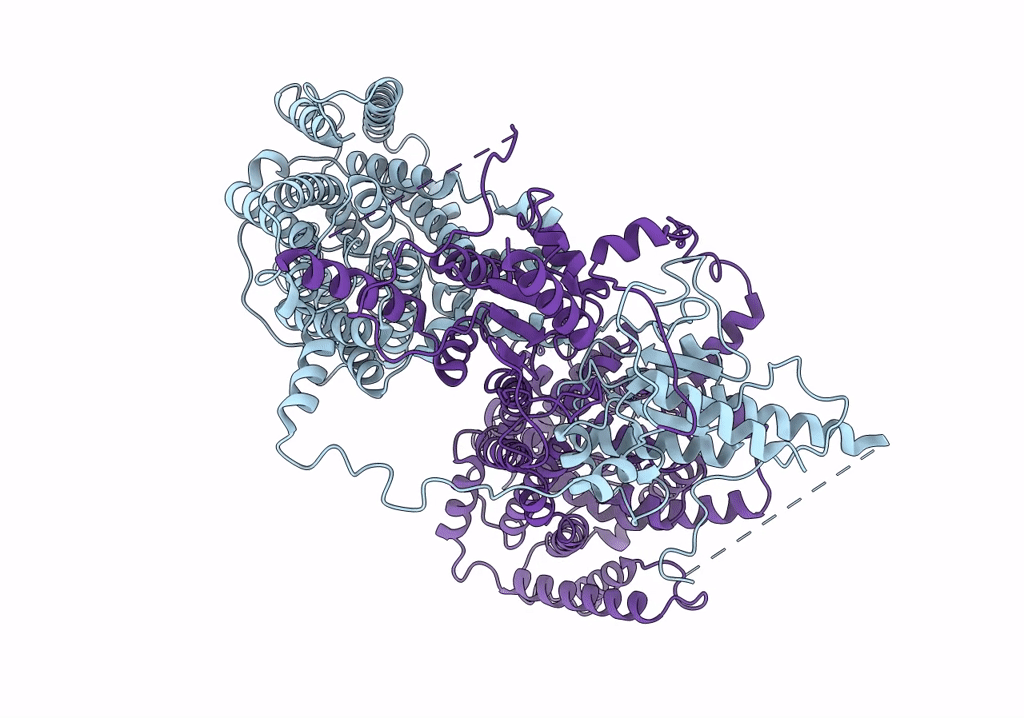
Deposition Date
2021-09-20
Release Date
2021-11-03
Last Version Date
2024-06-05
Entry Detail
PDB ID:
7S9D
Keywords:
Title:
Cryo-EM Structure of dolphin Prestin: Intermediate state
Biological Source:
Source Organism:
Tursiops truncatus (Taxon ID: 9739)
Host Organism:
Method Details:
Experimental Method:
Resolution:
4.60 Å
Aggregation State:
CELL
Reconstruction Method:
SINGLE PARTICLE


